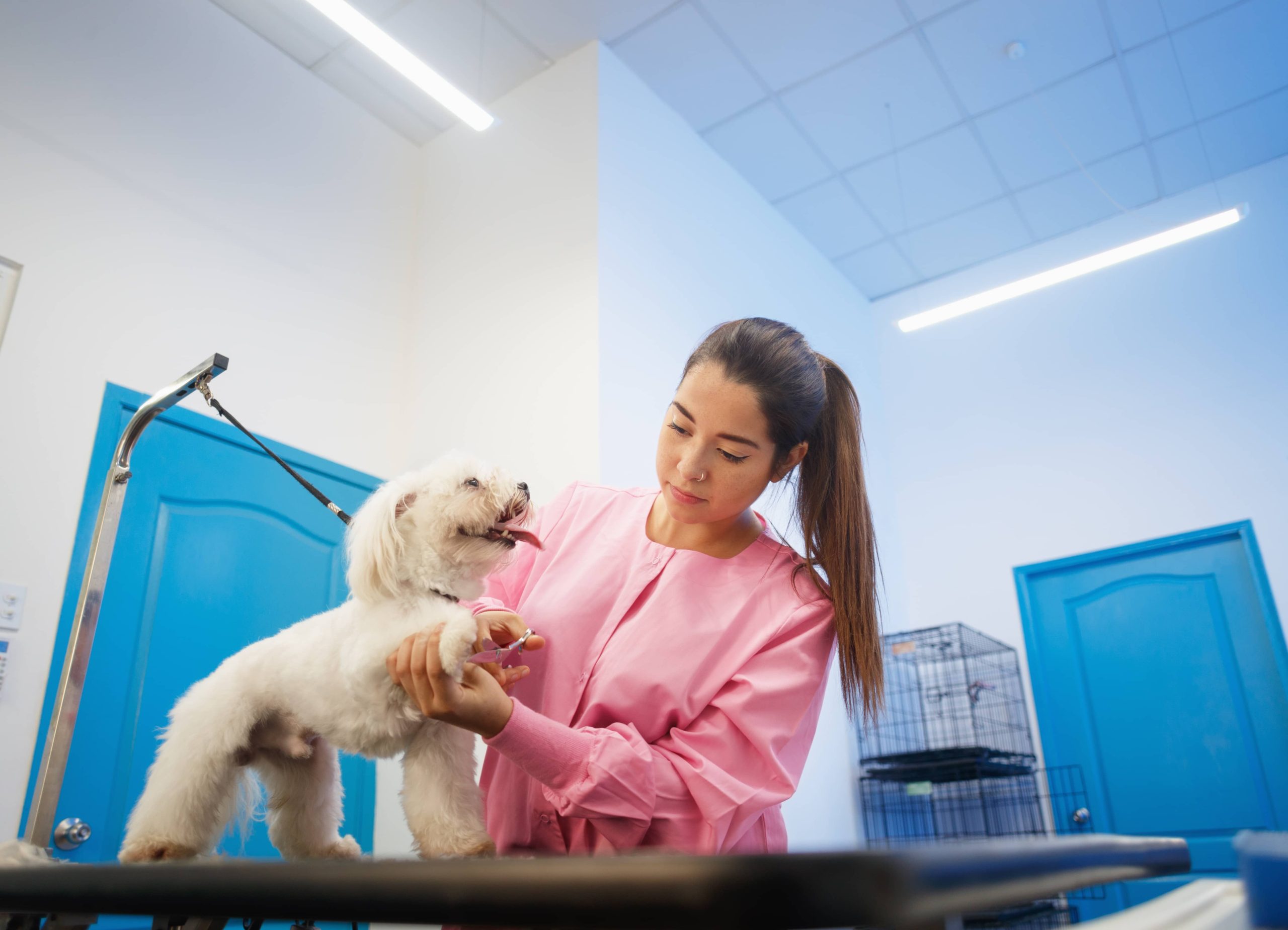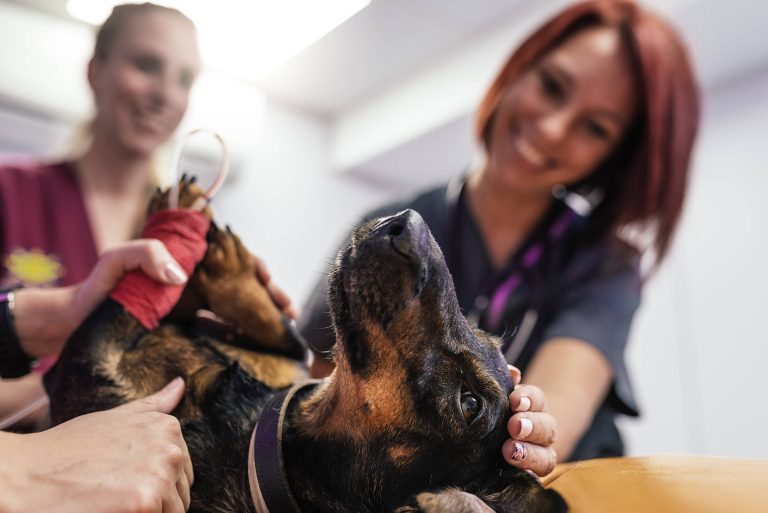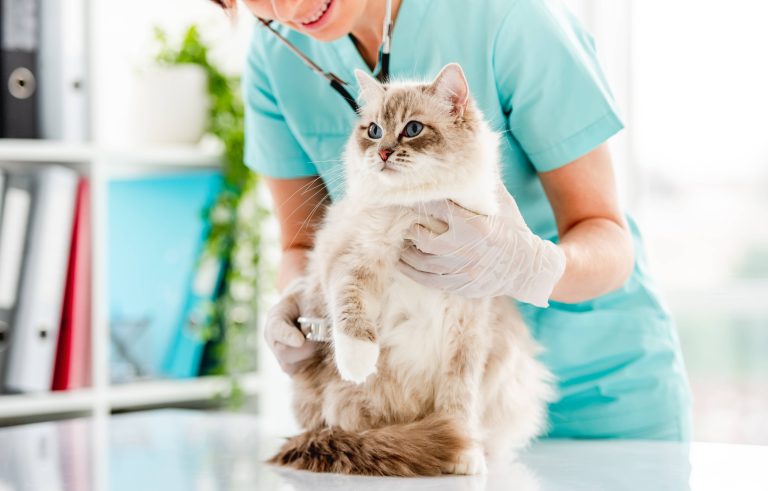Effective Techniques for Brushing Your Pet’s Teeth

As pet owners, we are always striving to ensure the health and happiness of our furry friends. A crucial but often overlooked aspect of pet care is dental hygiene. Just like humans, pets can suffer from a variety of dental problems such as plaque build-up, gum disease, and bad breath. Brushing your pet’s teeth is an essential task that can significantly improve their overall well-being. Though it may seem daunting at first, with patience and the right techniques, it can become a manageable and even enjoyable routine. In this blog post, we’ll explore effective techniques for brushing your pet’s teeth, ensuring they maintain good oral health.
Why Brushing Your Pet’s Teeth is Important
Before diving into the techniques, it’s essential to understand why brushing your pet’s teeth is so important. Poor dental hygiene can lead to severe health issues, including:
– Periodontal Disease: This is an infection of the tissues that hold your pet’s teeth in place. It’s caused by the build-up of plaque and tartar.
– Tooth Loss: Neglecting dental care can result in weakened and loose teeth that eventually fall out.
– Bad Breath: Accumulation of plaque and bacteria in the mouth can cause bad breath.
– Pain and Discomfort: Dental problems can cause significant pain and discomfort, affecting your pet’s ability to eat and leading to other health complications.
– Systemic Health Issues: Bacteria from oral infections can enter the bloodstream and affect vital organs such as the heart, liver, and kidneys.
It’s evident that maintaining your pet’s dental hygiene is crucial, and brushing their teeth is a significant part of this routine.
Getting Started: Supplies You’ll Need
Before attempting to brush your pet’s teeth, gather the necessary supplies:
– Pet-Specific Toothbrush: These are designed to be gentle on your pet’s gums and teeth. You can choose from traditional toothbrushes or finger brushes.
– Pet-Safe Toothpaste: It’s crucial to use toothpaste formulated for pets as human toothpaste contains ingredients that can be harmful to animals.
– Gauze or Dental Wipes: For pets that are particularly averse to brushes, using gauze or dental wipes can be an alternative.
– Treats and Rewards: To reinforce positive behavior, have some of your pet’s favorite treats or toys on hand.
Steps for Brushing Your Pet’s Teeth
1. Familiarize Your Pet with the Process
Start slow and ensure your pet is comfortable with you handling their mouth. Begin by gently touching and massaging their gums and teeth with your fingers. This helps them get used to the sensation. Gradually introduce the toothbrush and toothpaste by allowing them to sniff and lick them. This process may take a few days, so be patient.
2. Choose a Comfortable and Quiet Location
Select a calm and quiet space where your pet feels relaxed. This reduces anxiety and makes the process smoother. Ensure that both you and your pet are in a comfortable position. You can sit next to or behind your pet, depending on which position allows better access to their mouth.
3. Start with Short Sessions
Initially, keep the brushing sessions short – about 30 seconds to a minute. Gradually increase the duration as your pet becomes more comfortable. It’s essential not to rush the process; forcing it can make your pet fearful or anxious.
4. Use the Right Technique
Start by lifting your pet’s lips to expose their teeth. Hold the toothbrush at a 45-degree angle to the teeth and gently brush in small, circular motions. Focus on the outer surfaces of the teeth as this is where plaque tends to accumulate. Be gentle, especially around the gum line, to avoid causing discomfort or pain. If your pet tolerates it, you can also try to brush the inner surfaces of the teeth.
5. Incorporate Rewards and Positive Reinforcement
Throughout the process, praise your pet and reward them with treats or affection. Positive reinforcement helps in associating toothbrushing with a pleasant experience, making them more cooperative in subsequent sessions.
Alternative Dental Care Options
While brushing is the most effective way to maintain your pet’s dental hygiene, there are additional options to complement their oral care routine:
– Dental Chews and Toys: These can help reduce plaque and tartar build-up by mechanically cleaning the teeth.
– Water Additives: Adding a dental water additive to your pet’s drinking water can help reduce bacteria and freshen breath.
– Regular Veterinary Check-ups: Schedule regular dental check-ups with your vet to monitor and address any dental issues early on. Professional cleanings may be required periodically.
Conclusion
Brushing your pet’s teeth is an integral part of their overall health care routine. It may seem challenging at first, but with patience, the right tools, and a consistent approach, it can become a manageable task. By taking proactive steps to maintain your pet’s dental hygiene, you are contributing to their long-term health and well-being. So, arm yourself with the necessary supplies, follow the techniques outlined above, and make toothbrushing a regular and rewarding experience for both you and your furry friend. Happy brushing!





